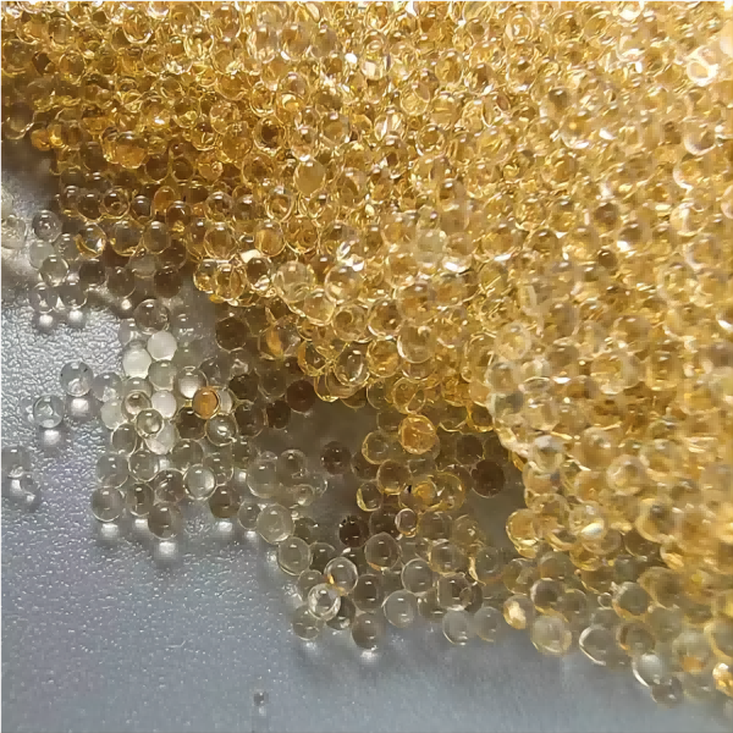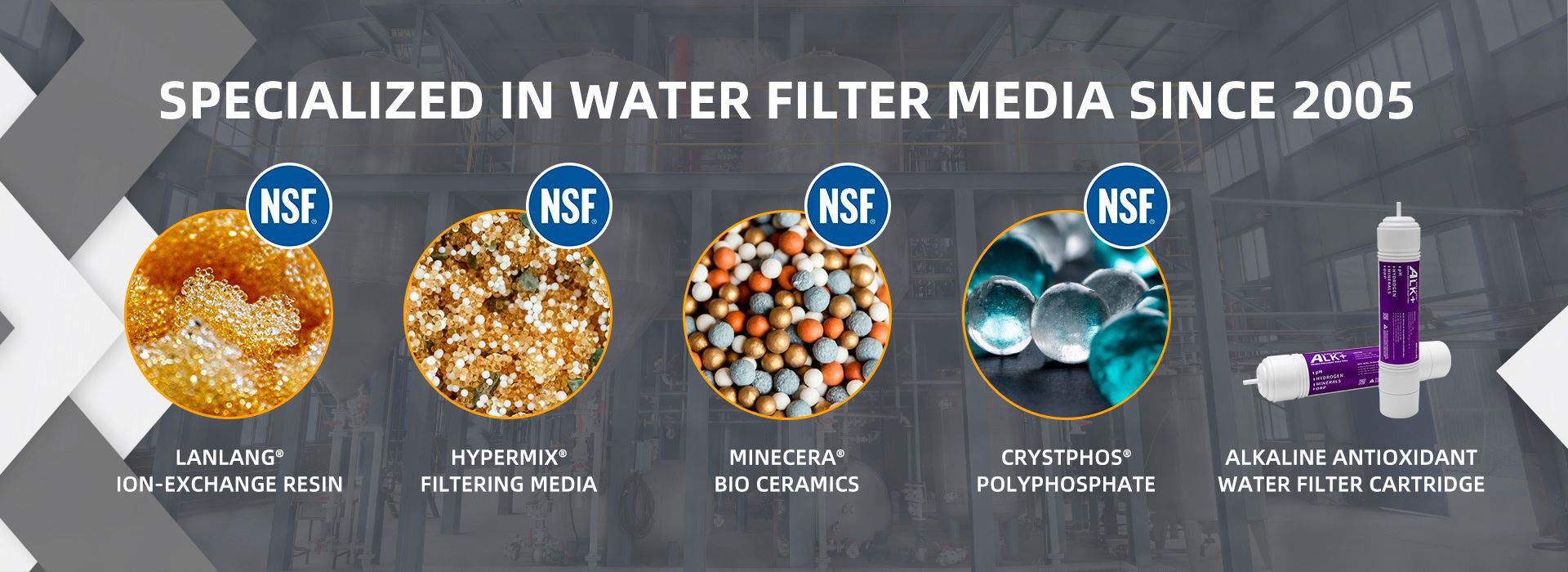How long does ion exchange resin last?
Ion exchange resins are an incredibly useful tool in modern water treatment, purification, and softening processes. However, anyone familiar with these resins knows that they are not eternal. Eventually, all ion exchange resins will lose their effectiveness and need to be replaced. But how long does ion exchange resin last and how can we ensure its longevity?

The lifespan of ion exchange resin can vary widely depending on multiple factors, such as the resin type, the water chemistry, the operating conditions, and the level of usage. Generally speaking, most ion exchange resins can last anywhere from several months to several years, but some can even last up to a decade or more with proper care.
One of the main factors that determine the lifespan of ion exchange resin is the quality and purity of the incoming water. If your water contains high levels of impurities, such as chloramines, iron, manganese, bacteria, or organic matter, the resin can become fouled or contaminated more quickly, reducing its capacity and effectiveness. By pretreating the water to remove these impurities (e.g. through a sediment filter, a carbon filter, or an oxidizing agent), you can extend the life of your resin bed and minimize the frequency of regeneration or replacement.
Another important factor to consider is the operating conditions of the ion exchange system. If the resin bed is exposed to high temperatures, high pressures, or low flow rates, it can experience physical or chemical degradation, leading to resin breakdown or leaching. Similarly, if the regeneration process is not properly calibrated or monitored, it can cause uneven distribution or overexposure of the regenerant chemicals, resulting in resin deterioration or exhaustion. By maintaining proper flow rates, pressures, temperatures, and regeneration cycles, you can optimize the performance and longevity of your resin bed.
The level of usage and demand also affects the lifespan of ion exchange resin. If your water usage is higher than the capacity of your resin bed, the resin can get exhausted more quickly, leading to a drop in water quality or flow rate. Similarly, if the water quality requirements are stricter than the resin capacity, the resin can get overloaded or spent faster, requiring more frequent replacement. By sizing your resin bed according to your actual needs and monitoring its performance regularly, you can avoid premature resin failure and ensure consistent water quality.


